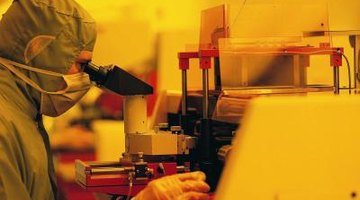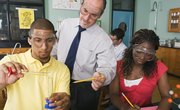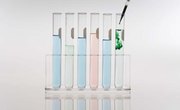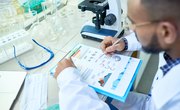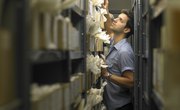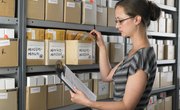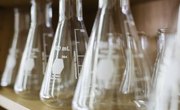In the scientific method, evidence plays a crucial role; without it, scientists cannot test their hypotheses. Evidence may support a hypothesis or not; in either case, real-world data helps lead to reliable and meaningful theories. Because evidence can contain errors or be tainted by personal biases, a sound scientific process includes steps that safeguard the data's quality and integrity.
Scientific Method
The daily practice of the scientific method is complex, involving chance meetings with colleagues, equipment failures and similar chaos, but in simplified form it begins with observations leading to questions and hypotheses. The scientist gathers evidence and evaluates it to determine whether it validates or refutes the hypothesis. The evidence helps scientists build theories that allow them to explain, describe and predict phenomena accurately. Evidence tests hypotheses and helps reinforce theories; however, contradictory evidence can open up theories to revision.
Sources of Evidence
Scientists obtain evidence by observing and measuring phenomena related to the hypothesis or theory under investigation. An astronomer, for example, examines pictures of stars and pockets of interstellar gas seeking evidence that might support a hypothesis about star formation. A medical researcher may conduct trials of a new vaccine to validate a hypothesis about a drug’s effectiveness. A botanist may look at thousands of corn plants to test a hypothesis that a foreign insect species is damaging local crops. Scientists compile their evidence as tables of numbers, collections of physical objects or in other forms.
Data Quality and Integrity
Scientists employ a variety of methods that help ensure that evidence gathered is reliable. Medical researchers, for example, use the double blind, placebo-controlled technique; information about which volunteers receive a real drug and which get a harmless substitute is kept secret. The scientists use the placebo as a reliable control against which to study actual drug effects. Reproducibility of scientific results is another key test of good evidence. Scientists publish the results of their work, then wait for others to try the same experiments independently; if colleagues cannot get similar results, the original evidence may have been flawed. In addition, scientists use statistics to quantify the consistency of their evidence and accurately check large amounts of data.
Accounting for Errors
When gathering evidence for a study, scientists try to identify potential errors that influence the data. Few measurements give perfect results, so it is standard practice to describe the potential sources of error in a scientific publication or talk. For example, a scientist uses a device to measure voltage in a set of batteries. Although the device measures to five digits of precision, electrical noise in the lab’s outlets reduce the precision to three digits. When she compiles her data, she mentions in her findings that two digits out of the five given in the measurements are the result of random interference. By including this information, she establishes the limits of the precision of her evidence.
Related Articles
Resources
Writer Bio
Chicago native John Papiewski has a physics degree and has been writing since 1991. He has contributed to "Foresight Update," a nanotechnology newsletter from the Foresight Institute. He also contributed to the book, "Nanotechnology: Molecular Speculations on Global Abundance."

